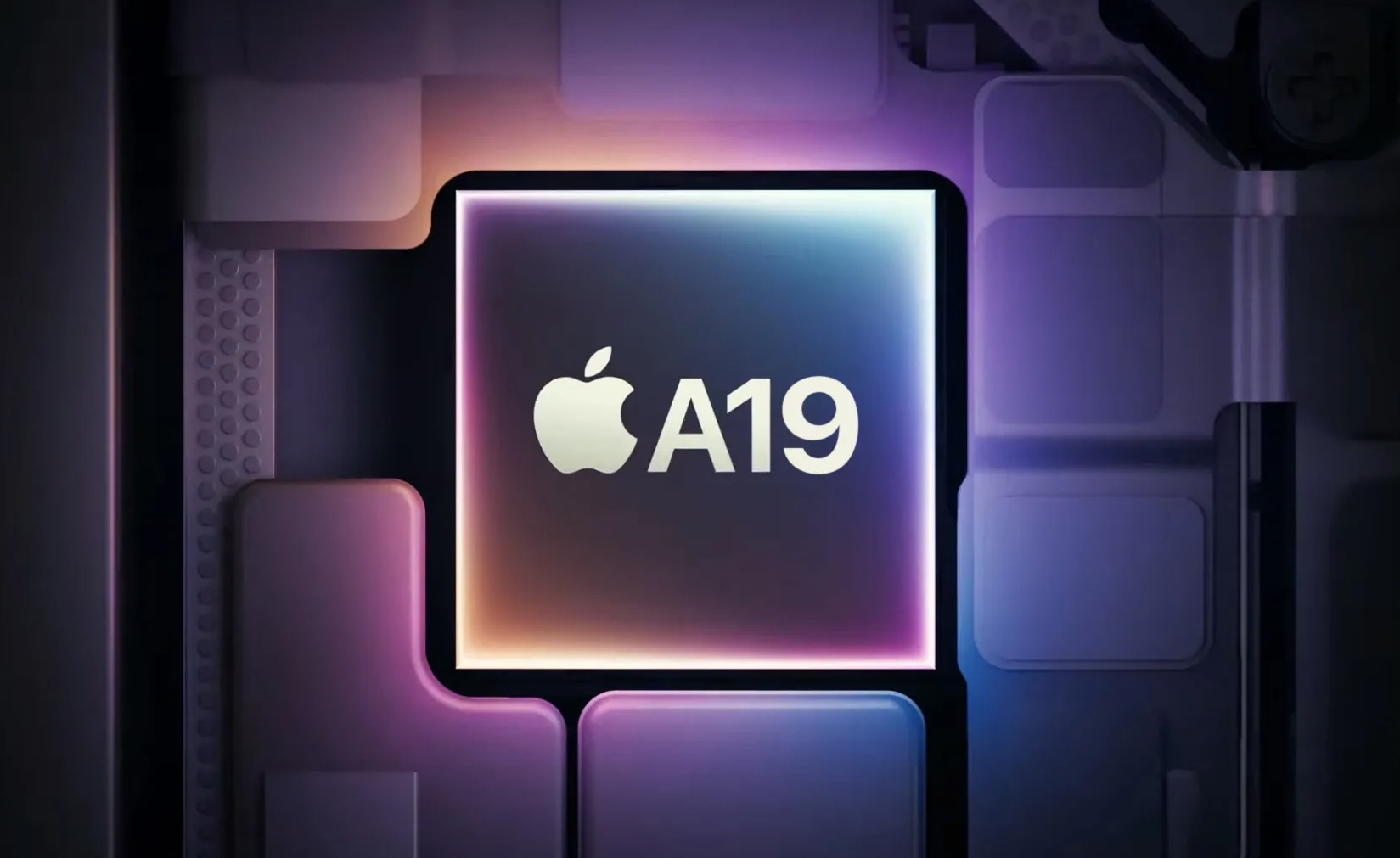As Apple continues its tradition of innovation, the upcoming iPhone 17 series is set to make a significant leap forward with the introduction of the A19 and A19 Pro chips. These chips will be the first in the industry to utilize the third-generation 3nm process technology, developed by semiconductor giant TSMC. Analyst Jeff Pu, in a recent tech-focused research note with Haitong, a Hong Kong-based investment bank, detailed these advancements, highlighting Apple’s push for superior efficiency and performance.

The Evolution of Apple’s Chips: From N3B to N3P
The journey through Apple’s chip evolution has been a roadmap of relentless pursuit of performance enhancements. The iPhone 15 Pro models saw the debut of the first-generation 3nm process with the N3B, evolving into the second-generation N3E used in the current iPhone 16’s A18 chips.
Now, Apple is set to revolutionize its hardware yet again with the N3P process. This newer technology is not merely an incremental upgrade; it represents a significant process shrink. This term, often used by technologists, refers to the reduction in process node size, allowing more transistors to be packed into the same silicon space. The result? Increased transistor density which translates to better performance and enhanced power efficiency.

What This Means for iPhone 17 Users
For users, the transition from N3E to N3P in the A19 series means they can expect their devices to handle more tasks with greater efficiency. Whether it’s gaming, high-resolution video playback, or managing AI-driven applications, the iPhone 17 models are poised to handle these with aplomb. While the performance improvements are described as modest, they are nonetheless crucial for maintaining Apple’s competitive edge in the high-stakes smartphone market.

Looking Ahead: TSMC’s Production Timeline
TSMC is expected to begin mass production of the N3P-based chips in the second half of 2024, aligning perfectly with Apple’s product release schedule. This timing ensures that the iPhone 17 series will benefit from the latest advancements in semiconductor technology upon its release.

A Small Change with Big Impact
The shift to the N3P process in the upcoming iPhone 17 is a small change with potentially significant effects on the market dynamics of the smartphone industry. It underscores Apple’s commitment to staying at the forefront of technology, continually pushing the boundaries of what’s possible in mobile computing. As we edge closer to the launch date, the anticipation for a faster, more efficient iPhone continues to build, setting the stage for another successful release in Apple’s storied history of innovation.
This progressive step not only highlights Apple’s dedication to technological excellence but also promises an exciting new chapter for iPhone enthusiasts around the world. As we move towards the official unveiling, the tech community and consumers alike are keen to see how these advancements will translate into real-world usage and whether the new iPhone 17 will indeed set new benchmarks for smartphone performance.










